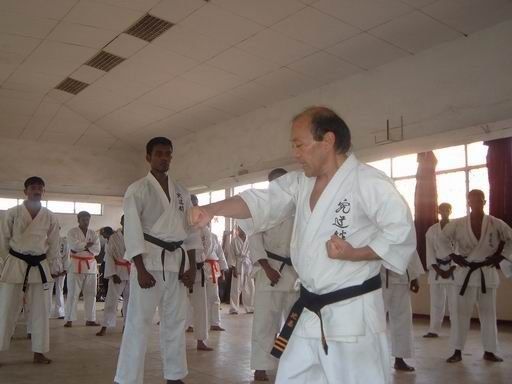
Essays, articles, histories, biographies, letters, and pamphlets were among the forms chosen by women to appeal to the American public opinion. This article will focus on this last period of the suffrage struggle.Ħ Suffragists used different types of writings to promote women’s right to vote. Suffrage literary writings gained momentum in the 1910s as the growing market for stories to be published that would interest female readership played a part in the development of a print culture.

Starting with Laura Curtis Bullard’s iii popular novel Christine, or Woman’s Trials and Triumphs (1856), in which a young woman becomes a woman’s rights lecturer, American suffragists used creative writing to promote the cause until the passage of the 19 th amendment in 1920. Woman suffrage literary works, whose vast and diverse productions included novels, short stories, poetry, songs and plays, deserve a closer look. The present article will not engage in a debate on the aesthetic value of this literature but will focus on suffrage literature as political texts and argue that aesthetics and politics are inseparable in the assertion of the possibility of woman’s political power. The spreading of suffragists’ ideas through fiction is a testimony to “the progressive faith in the power of print” and the “belief in the power of fiction to transform society” (Harker 13-14). Indeed, it pertained to the assertion and legitimation of suffragists’ political power and contributed to the creation of suffragists’ culture. In Romancing the Vote (2006), Leslie Petty worked to rehabilitate suffrage novels and their content, trying not to idealize the feminist message in the books and also not to dismiss them because of their race and class bias (2).Ģ The fact that suffrage literature was discarded as mere propaganda is in itself problematic, as it could be argued that it is specifically because of its propaganda that it is valuable. For instance, in Declarations of Independence: Women and Political Power in Nineteenth-Century American Fiction (1990), Barbara Bardes and Suzanne Gossett looked at several ways that women’s political participation influenced American literature but dismissed what they call “pro-woman’s rights novels” as “little more than fictionalized didactic tracts” (180) and reduced them to a single theory that the vote ought to be given to women. Does this review simply reflect the political stance of The New York Times or is it right in its assessment that suffrage dogmatism exploited art and produced works lacking any literary quality? This issue has been dealt with differently by scholars.

The scathing review goes on criticizing the novelist for merging “the creative sense of the artist too far in the rhetorical enthusiasm of the doctrinaire.” The references to “propaganda” and to the author as a “doctrinaire” reprove the proselytical nature of the novel and its dogmatism. 1 In November 1907, The New York Times published a lengthy review of Elizabeth Robin’s new novel The Convert, the story of a woman becoming a pleader for the suffrage cause in London, described by the title as a “Tract in Fiction.” i The newspaper lambasted the novel for its political content ii : “The romancer who writes for a purpose and who uses the art of fiction merely as a medium for political propaganda cannot expect work so produced to measure up to standards set by the impartial canons of literature” (“Noted Novelist’s Plea for Women: Stirring Appeal for the Suffrage in Elizabeth Robin’s Book, ‘The Convert’-A Tract in Fiction”).


 0 kommentar(er)
0 kommentar(er)
